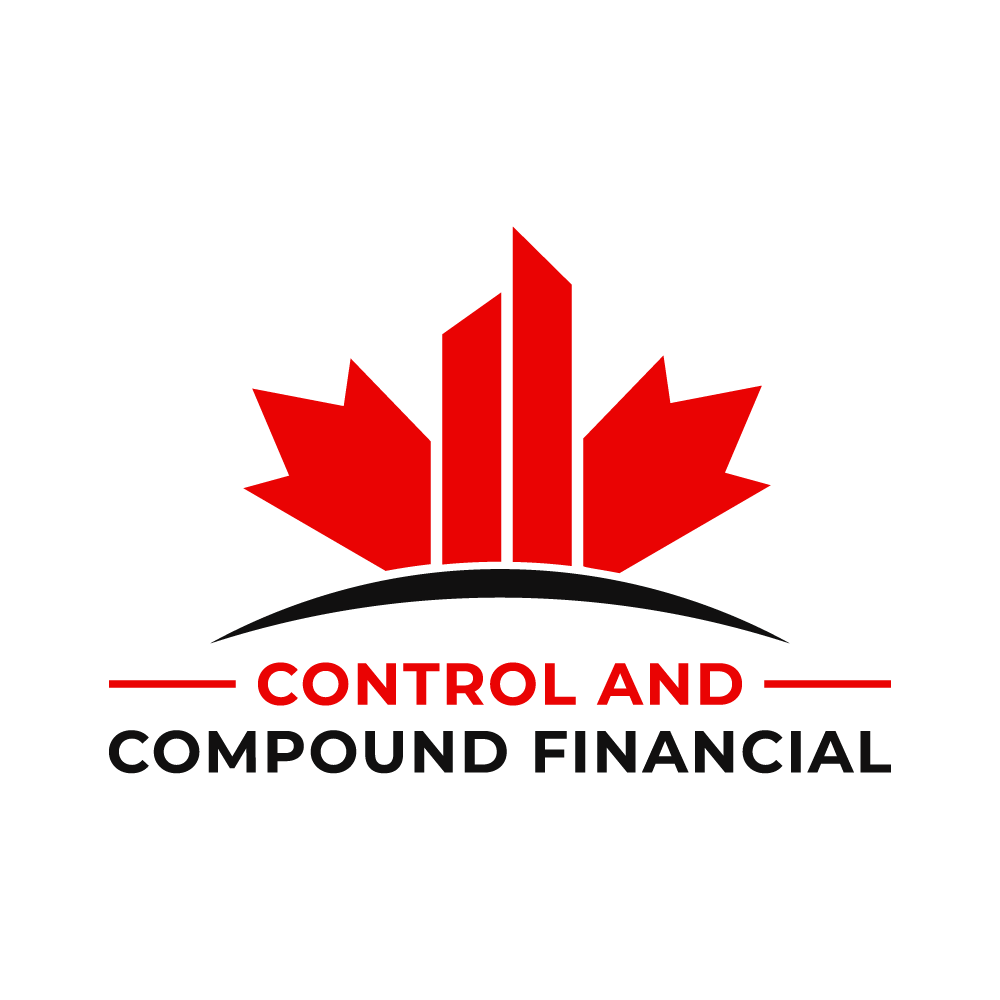Old Age Security vs CPP
Tune in to learn the dirty little secrets of the CPP.
Navigating Your Retirement Income Plan
Planning for retirement can often feel like navigating a complex maze with numerous paths. Among the most critical decisions for Canadians is understanding the differences and benefits of Old Age Security (OAS) and the Canada Pension Plan (CPP). Both these pension plans are pivotal components of the country's retirement income system, offering distinct advantages that cater to different needs and circumstances. This blog post aims to demystify these programs, focusing on the Guaranteed Income Supplement (GIS), CPP retirement pension, and other facets to help you make an informed choice for a comfortable retirement.
Understanding Old Age Security Pension Plan (OAS)
Old Age Security represents a cornerstone of Canada's retirement benefits, designed to provide a monthly payment to those aged 65 and over. A notable aspect of the OAS payment is its accessibility; it requires no employment history or contributions, making it particularly beneficial for low-income seniors. As of 2023, the maximum monthly OAS benefit is $687, subject to adjustments reflecting inflation. However, it's important to note that your annual income can affect your OAS monthly payment, with high earners potentially facing an OAS clawback.
Guaranteed Income Supplement (GIS)
Eligibility for the OAS pension also extends to Canadian citizens and legal residents who have lived in Canada for at least ten years since turning 18. Interestingly, the OAS program includes the Guaranteed Income Supplement (GIS), offering additional support to those with minimal other income sources. Unlike the CPP, OAS does not provide survivor benefits, emphasizing the importance of personal savings and a comprehensive retirement income plan for financial security.
Delving into the Canada Pension Plan (CPP)
In contrast to OAS, the Canada Pension Plan is a contributory scheme requiring both employees and employers to make CPP contributions based on employment earnings. This program is tailored to replace a portion of your income upon retirement, disability, or death, with benefits reflecting your contribution history. The maximum pensionable earnings cap and contribution rates are adjusted annually, with the 2023 maximum CPP retirement pension set at $1,306 per month.
CPP Retirement Pension Eligibility
Eligibility for a CPP retirement pension hinges on having made at least 10 years of contributions. Notably, the CPP offers flexibility in when you can start collecting benefits, ranging from as early as age 60 to as late as 70, with the amount adjusted accordingly. This flexibility, coupled with survivor benefits, makes CPP a crucial element of retirement planning, especially for those seeking to maximize their retirement income.
Making the Decision: OAS or CPP Retirement Pension?
When considering Old Age Security vs CPP, it's essential to recognize that most Canadians will benefit from both, complemented by other income sources like the Guaranteed Income Supplement, employment earnings, and personal savings. Your decision on when to start collecting these benefits should factor in your total income, marital status, and whether you're aiming for a partial, complete, or higher pension amount through delayed payments.
Maximizing Your Retirement Outcome
Focusing on maximizing CPP benefits may be advantageous for those with significant CPP contributions and a robust retirement income plan. This can be achieved by making the maximum contributions during your working years and delaying the start of CPP retirement benefits until around age 65 or 70.
Conversely, individuals with lower income or less employment history might find more value in maximizing OAS payments and exploring eligibility for the GIS. In this case, it may be beneficial to start collecting OAS benefits as soon as possible while also focusing on building personal savings and other sources of retirement income.
Seeking Guidance
Navigating the complexities of retirement benefits can be challenging, and seeking guidance from trusted sources is essential. Service Canada and financial advisors can provide valuable information and insights to help you make informed decisions about how much income you need for your retirement income plan.
Old Age Security and the Canada Pension Plan both play vital roles in Canada's public pension landscape, offering different benefits to help Canadians achieve a secure and comfortable retirement. Whether you're self-employed, a long-time employee, or have varied employment earnings, understanding these programs and how they fit into your retirement planning is crucial. With thoughtful consideration and perhaps guidance from Service Canada or a financial advisor, you can navigate the complexities of retirement benefits, ensuring you have the financial resources to enjoy your post-retirement years to the fullest.
MEET DARREN MITCHELL AND THE CONTROL AND COMPOUND TEAM
At Control and Compound Financial, we are the guiding hands for real estate investors and business owners throughout Canada, fostering wealth and prosperity. Our expertise lies in understanding the intricacies of real estate investment and business ownership. After all, we are business owners and real estate investors ourselves, immersed in these spheres daily.
Embark on a journey of Limitless Financial Potential by scheduling a conversation with the Control and Compound Team. Benefit from a Complimentary Education Session that serves as your stepping stone toward harnessing boundless financial horizons.

